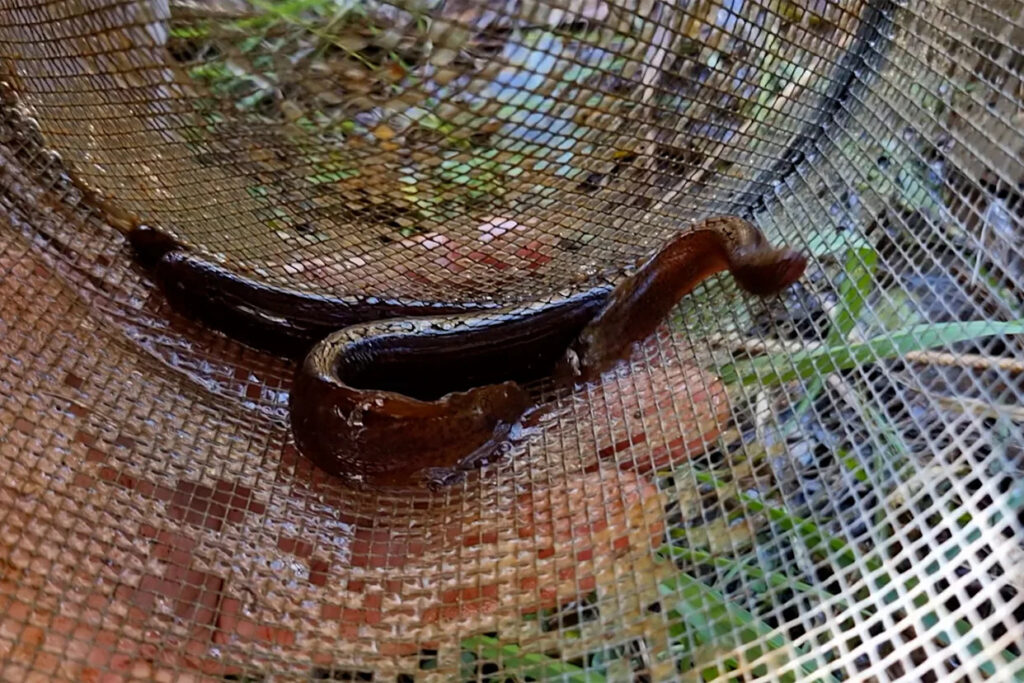
URGENT UPDATE: A colony of rare black mudfish, once thought locally extinct, has been rediscovered in a pond in Helensville, northwest of Auckland, during an extensive 12-year search by species recovery experts. This extraordinary find, confirmed by the Auckland Council, represents a glimmer of hope for a species that has faced dramatic declines due to habitat loss.
The black mudfish, known for its remarkable ability to endure drought by burying itself in mud, was once the most common freshwater fish in New Zealand. However, its population has plummeted as wetlands have been destroyed. Matthew Bloxham, a freshwater ecologist with the Auckland Council, expressed his excitement about the discovery, noting that only a handful of sites across the city still support this vulnerable species.
“This find is significant, especially considering that we have only found two populations in over a decade,” Bloxham stated. “It’s a ray of hope for a species that is listed as At-Risk of Declining on New Zealand’s threatened species classification system and is also classified as endangered on the international Red List.”
The rediscovery occurred in a small pond, described as being “half the size of a kitchen table,” where the team spotted eight black mudfish nestled under a willow tree—a species typically detrimental to mudfish habitats. Bloxham emphasized, “They seem to be breeding in there, which is really good.”
The urgency surrounding this discovery is amplified by the threats posed by climate change, which is expected to further dry out the fish’s habitats. Invasive species have also decimated their preferred wetland environments, with estimates indicating that around 90 percent of wetland habitats in regions like Waikato have been destroyed.
The black mudfish typically grows to around 12 cm and exhibits movement similar to that of an eel. Their unique resilience allows them to thrive in challenging conditions, giving them an edge over less adaptable species. However, Bloxham warns that their ability to survive is precarious, relying on habitats that must be “just right.”
Looking forward, the Auckland Council team is committed to identifying more suitable habitats for the black mudfish. Following the September rediscovery, they located another promising wetland site just five kilometers away, which shares similar ecological attributes. “We just found another population there last week,” Bloxham revealed, underscoring the potential for recovery.
As the search continues, the team faces the critical task of not only locating additional populations but also protecting the fragile habitats where these remarkable fish can thrive. With climate and habitat pressures mounting, the rediscovery of the black mudfish serves as a reminder of the urgent need for conservation efforts to safeguard New Zealand’s unique biodiversity.
Stay tuned for further updates on this developing story and its implications for the future of the black mudfish. This rediscovery could be a pivotal moment in the effort to save a species on the brink of extinction.





